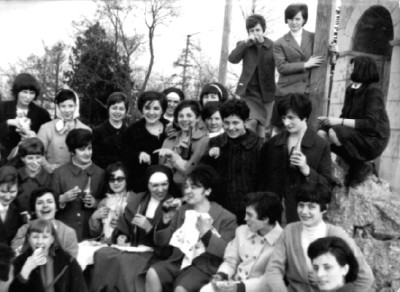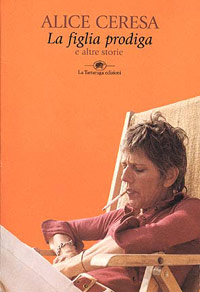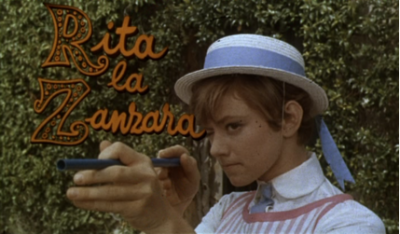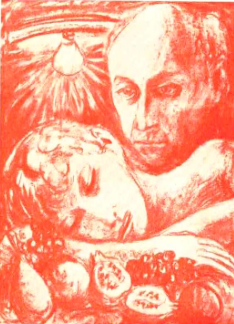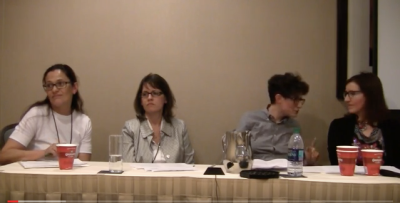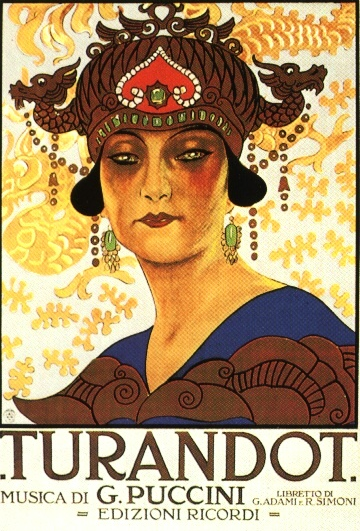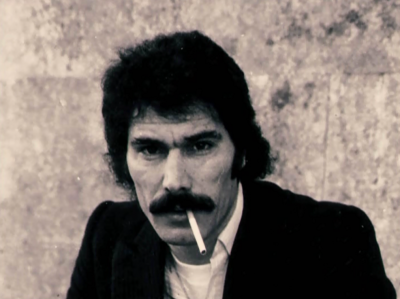5.Exploring Italian Forbidden Imaginaries: Research on Porn Tubes Pornhub and XNXX
by Gaia Peruzzi and Angelica Spampinato
The advent of digital platforms has caused an unprecedented revolution in the world of pornography. Today pornographic platforms, or porn tubes, are the main containers of adult entertainment, making a huge variety of pornographies immediately accessible to largest audience. Porn tubes have changed both the production and the use of pornography, so much so that the entire hard industry has been forced to rethink its business by channeling it into the new medium.


